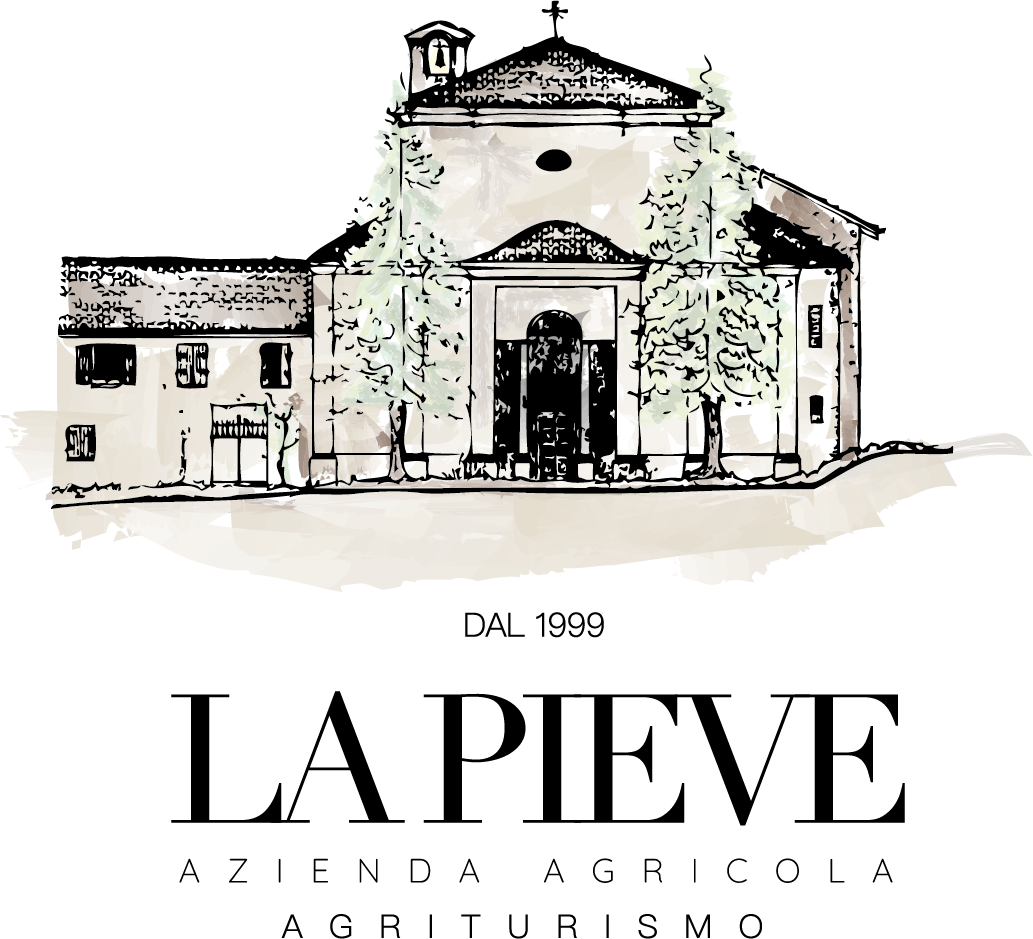Ecclesia Sancta Maria in Potestate Doliana
The penetration of Christianity in the Langa is rather late compared to the other centers of the plain. The first documented presence of a bishop in Alba dates back to 397.
At the beginning of the 15th century, the spread of Christianity began in the Tanaro valley and the Langhe
This period saw the foundation of the first rural churches dedicated to Our Lady and St Peter, mainly located along the Roman roads, which started from the three main settlements that were Augusta Bagiennorum, Pollentia and Alba Pompeia.
In the territory of Dogliani there are well-founded historical reasons to believe that Christianity gradually penetrated from the nearby region of Roncaglia (Benevagienna), where the ancient Augusta Bagiennorum was located.
From here the Bagienni, colonised and by now integrated with the Romans, headed towards Lequio Tanaro, reached S. Maria del Lago, descended into the Tanaro valley crossing it at Viaiano, climbed the alluvial terrace of Piancerretto passing through Cologna (Pieve soprana), then descended to Marsain, crossed the Rea stream and reached Pieve sottana. From the Rea valley they then ascended to S. Quirico and branched off towards the upper Langa.
The first Christian communities (plebes) then arose in Alba as a bishopric, with the construction of capellae and ecclesiae (with a presbiter).
The first church in the territory of Dogliani is the Pieve di Santa Maria
However, it is not certain whether the building, which probably dates back to the 7th century, was located in Pieve soprana or Pieve sottana.
The Roman settlement in the Rea valley, however, already dated back to the first century A.D., as evidenced by numerous finds of tombstones and traces of necropolis preserved in the Dogliani museum.
Traces of fires on the oldest perimeter walls suggest a probable destruction between the end of the 19th and the first half of the 20th century, during raids by the Hungarians and Saracens, who put our area to the sword, leaving desolation.
The Germanic emperor Otto I, passing through with his army in 967, noted: "...transivimus per deserta langarum et reliquimus ea sine tributo...." (we passed through the desolate places of the Langhe and exempted them from paying tribute).
Founded by Benedictine monks, it was rebuilt several times and its name, as well as that of Dogliani, appears for the first time in a bull of 1095 by Pope Urban II: "......ecclesia Sancta Maria in potestate Doliana....".
From the bull we learn that the building depended on the Oulx Rectory, to which it had been donated by the Marquises of Susa, then masters of Dogliani. In 1120, however, its jurisdiction had already passed to the Abbey of Ferrania, founded in the municipality of Cairo in 1097 by Bonifacio Marchese del Vasto, who had conquered Dogliani in the meantime.
In 1322 it passed to the Marquises of Saluzzo, who in 1377 ceded it to the Scarampi, a wealthy family of bankers from Asti. With the Scarampi, the municipality of Dogliani endured lengthy disputes, which lasted until the mid-1800s. The main subject of the disputes was the payment of the dona, which consisted of the annual donation of 204 sacks of wheat, 204 sacks of broad beans and 2 or more rubbas of pork to be distributed to the poor of Dogliani.
Another bone of contention was the Pieve's exemption from paying the taxes to which the territory was subject. Considering that, at the time, the Pieve's possessions amounted to over 500 land days, divided into two farmsteads (soprana and sottana), which were usually rented out, one can understand how the administrators of Dogliani at the time resented the fact that a distant and unknown abbot could enjoy such a conspicuous income, without contributing in any way to the needs, expenses and security of the local community.
In 1687 the parish church was entirely rebuilt in its present form
Three altars and a portico were erected. The work was carried out according to the specifications stipulated between Prior Giovanni Antonio Orta (representing Abbot Scarampi) and Francesco Rocha, a wall-master from Cherasco. In the rebuilding, as is often the case, part of the pre-existing perimeter wall structures were re-used, and the old bell tower was left, cut off and enclosed in the roof, to build a new small arched bell tower in the style of the time.
In 1792, Victor Amadeus of Savoy, with the consent of the Pope, succeeded in subjecting ecclesiastical property to taxation (a reform signed by Count Giuseppe Ignazio Corte of Dogliano, the King's Grand Chancellor); and so the property of the parish church also entered into common law, and in the land registers of 1789-93 the Commenda della Pieve appears with 323 days.
With the French occupation in 1796, the Commenda della Pieve was among the most heavily taxed along with the Convento del Carmine.
In the early 1800s, the two institutions were suppressed and their properties dismembered. From then on, the properties passed from hand to hand to various local owners.
The two nuclei of the Pieve soprana and Pieve sottana passed into the ownership of the Bosio and Montaldo families. In 1920, Theobaldo Montaldo allowed the chapel to be reopened for worship and established a Board of Trustees from among the inhabitants of the hamlet.
In the last century, the Grasso and Chionetti families took over, with further dismemberments of property, up to the current owners
Of the three pre-existing altars, only the main wooden one remains, of exquisite Baroque workmanship, with twisted columns, and at the bases the coat of arms of the rampant lion with the duia, the symbol of the municipality of Dogliani. It can be assumed that the altar, probably salvaged from another church in Dogliani, replaced the original one (of which only traces of the walls remain), as it is from a period just before the 1687 reconstruction.
It has recently undergone careful restoration together with the beautiful altarpiece depicting the scene of the Annunciation.



